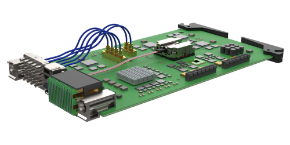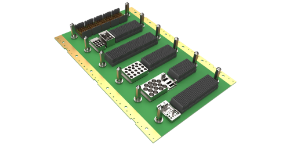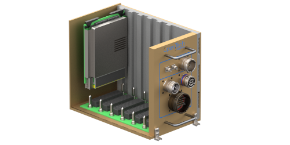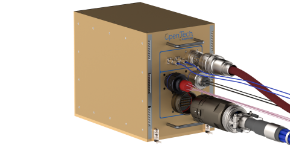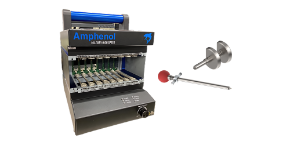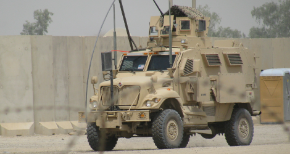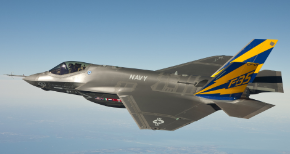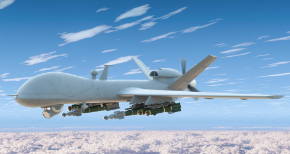In the rapidly evolving landscape of military technology, the need for adaptable, interoperable, and cost-effective solutions has never been greater. The Modular Open Systems Approach (MOSA) stands at the forefront of this evolution, driving innovation and efficiency in the development of military and aerospace systems (DoD MOSA Guidebook). This post explores MOSA's principles, benefits, and its significant impact on modern military technology development.
What is MOSA?
The Modular Open Systems Approach (MOSA) is a methodology that emphasizes designing and implementing systems with modular, interchangeable components using commercial off-the-shelf (COTS) products. By leveraging open standards and well-defined interfaces, MOSA enhances the flexibility, interoperability, and cost-effectiveness of complex military and aerospace systems.
Key Principles of MOSA
- Modularity: Systems are designed with modular components that can be independently developed, upgraded, and replaced.
- Interoperability: Adherence to open standards ensures that components from different vendors can work together seamlessly.
- Cost-Efficiency: Using COTS products reduces development costs and time, enabling faster deployment and upgrades.
- Scalability: Systems can be scaled up or down based on specific mission requirements, offering versatility in deployment.
Benefits of MOSA
- Enhanced Flexibility: MOSA allows for the rapid integration of new technologies and capabilities without the need for extensive redesigns. This flexibility is crucial in adapting to evolving threats and technological advancements.
- Improved Interoperability: By adhering to open standards, MOSA ensures that systems from different manufacturers can interoperate. This interoperability is vital for joint operations and coalition forces, where equipment compatibility can be a significant challenge.
- Reduced Costs: The use of COTS products under MOSA significantly lowers the costs associated with custom solutions. It also reduces the time and expense involved in system upgrades and maintenance.
- Extended Lifespan: MOSA enables legacy systems to remain operational by integrating new technologies through modular upgrades. This approach extends the lifespan of existing platforms and maximizes return on investment.
Practical Implementation of MOSA
Example: Upgrading Avionics Systems
Consider the scenario of upgrading the avionics system of an aging fleet of fighter jets. By adopting MOSA principles, developers can specify open standards and design the system with interchangeable modules. Components such as radar, communication systems, and navigation systems can be developed as separate, interoperable modules. This modularity allows for seamless upgrades and integration of new technologies, reducing costs and extending the operational lifespan of the jets.
Example: Next Generation Combat Vehicle (NGCV)
The U.S. Army's Next Generation Combat Vehicle (NGCV) initiative is a prime example of MOSA in action. The program prioritizes developing new combat vehicle platforms, such as the Optionally Manned Fighting Vehicle (OMFV), with MOSA principles. This approach facilitates rapid upgrades and technology refreshes, ensuring that the vehicles remain capable of countering emerging threats throughout their lifespan (Defense Post Article).
Example: Next Generation Air Dominance (NGAD)
The NGAD program, aimed at developing the next-generation fighter aircraft to replace the F-22 Raptor, relies heavily on MOSA protocols. By leveraging open systems, the program ensures that the aircraft can integrate the latest stealth, weapons, and aerospace technologies efficiently and cost-effectively.
Open.Tech’s Role in MOSA-Aligned Development
Open.Tech by Amphenol offers a comprehensive portfolio of Integrated Solutions designed to support MOSA-aligned development. Our products include rugged media converters, Ethernet switches, optical transceivers, and high-density connectors, all tailored to meet the stringent requirements of open architectures such as VITA, SOSA, VPX, and OpenVPX.
Features and Benefits:
- Rugged Media Converters: Support multiple protocols including Ethernet and various forms of video.
- Ethernet Switches: Cater to the increased demand for higher speeds and channel capacity.
- Optical Transceivers: Provide ultra-fast data transmission and reception in rugged environments.
- High-Density Connectors: Ensure reliable connections in harsh conditions, meeting VITA and SOSA standards.
Applications:
- Military and Aerospace: Our solutions are ideal for high-reliability applications in military and aerospace sectors, ensuring robust performance in demanding environments.
- Embedded Systems: Designed for seamless integration into modular systems, facilitating easy upgrades and interoperability.
Conclusion
The Modular Open Systems Approach (MOSA) is revolutionizing military technology development by promoting flexibility, interoperability, and cost-efficiency. As defense systems continue to evolve, MOSA will play an increasingly critical role in ensuring that military and aerospace technologies remain adaptable and resilient against emerging threats. Open.Tech by Amphenol is committed to supporting this evolution with innovative, MOSA-aligned solutions that meet the highest standards of performance and reliability.

